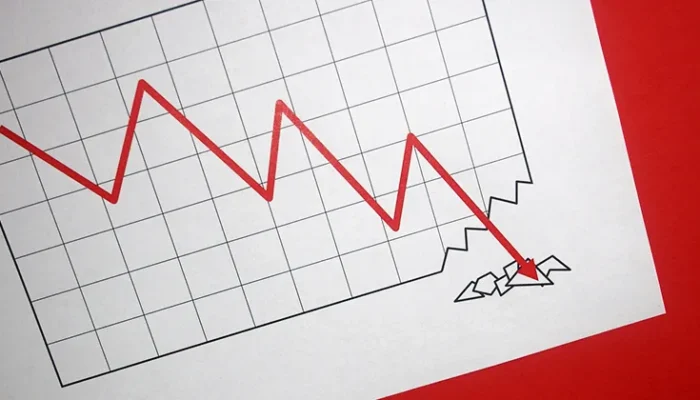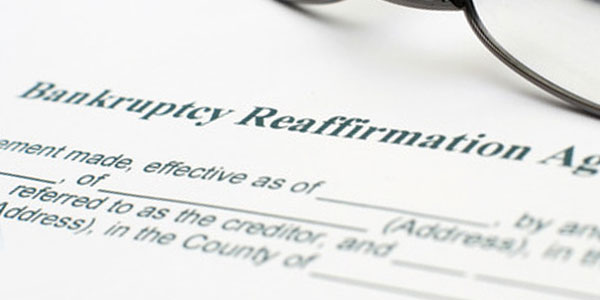How to Figure Los Angeles County Median Home Price (2024)
The Los Angeles County median home price in 2024 can be tricky to determine. There are different sources that say different things. It’s not clear which of the many options will be relied upon by courts and trustees for the California homestead exemption. Also, while bankruptcy may seem to be “just forms,” make sure you check out my list of 12 crucial tips to do or avoid before filing bankruptcy.
2024 update: there seems to be a consensus among local bankruptcy attorneys as to what the Los Angeles County median home price is. More than that, this L.A. median price changes each year. While it’s still untested in court, a lot of the initial uncertainty has cleared up. Read on!
Continue reading “How to Figure the Los Angeles County Median Home Price (2024)”










